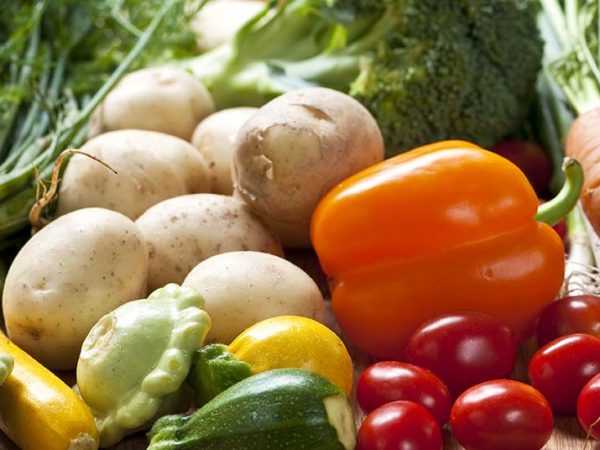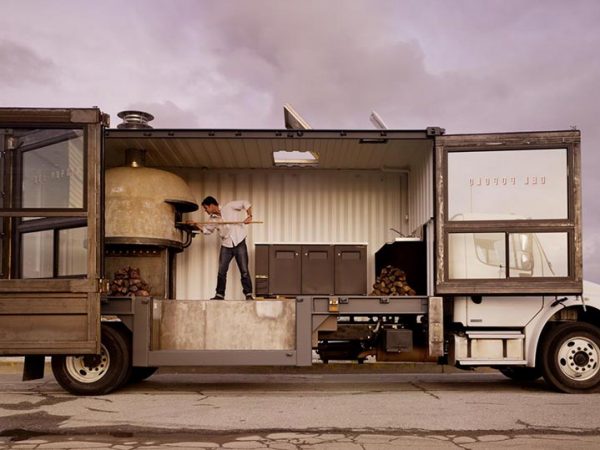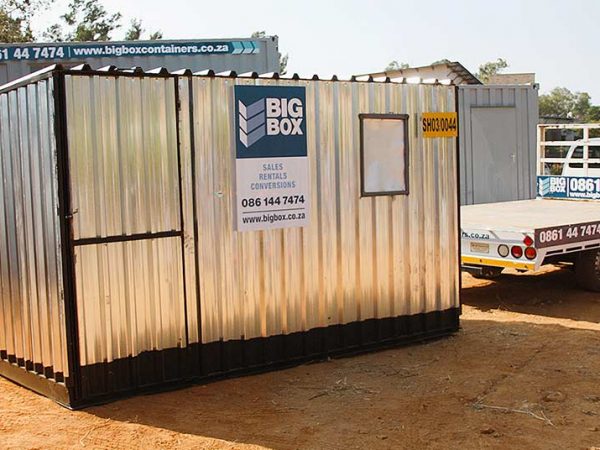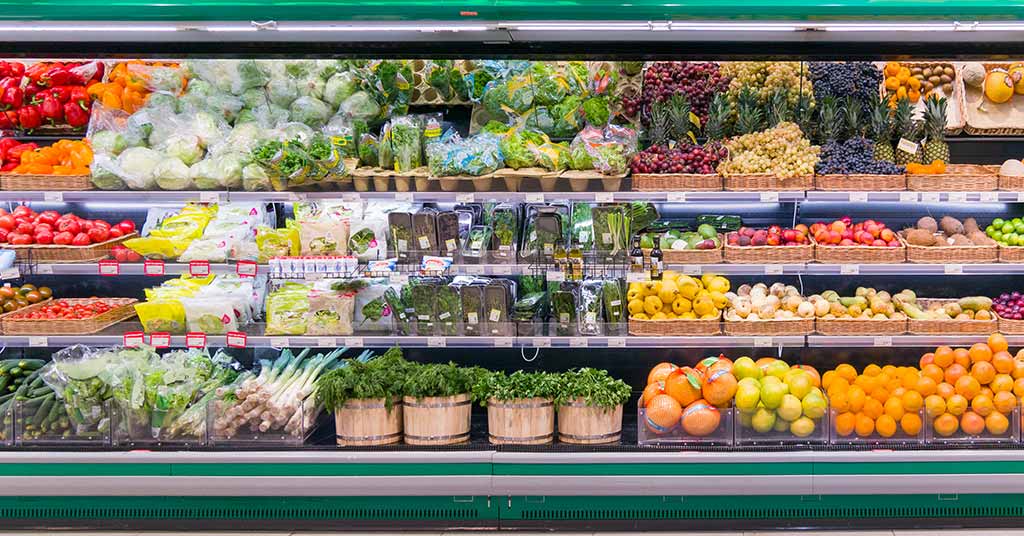
A farm-to-table cold chain can significantly extend the shelf life of fresh produce. But to preserve the quality of fruit and vegetables, and ensure consumers have access to plump, juicy and perfectly ripened product, post-harvest preparation and optimal storage techniques are key.
As a small-scale producer of fresh produce in South Africa, the first challenge is securing a sustainable market.
The next challenge is generating a steady supply of fresh, quality produce, satisfying the market and minimising the costs you incur as a result of spoilage. Often, proper cold storage is key to doing this.
Post-harvest preparation
To maximise shelf life, produce must be cleaned, graded and cooled before being stored in a refrigerated environment.
Clean: to avoid bruising, the emission of excess heat, and the possible growth of mould and bacteria; remove all stones, earth clods and plant debris from the produce.
Grade: dispose of small, over-ripe and infected produce, and store only the best quality fruit and vegetables.
Cool: stack the clean, graded produce in a cool, shaded, well-ventilated area to remove field heat. Failure to do so can lead to high temperatures, and premature ageing.
Limit the effect of life processes
Fruit and vegetables are ‘live’ products that continue vital life processes long after they are removed from the tree, plant or ground. To arrest the ageing process and extend shelf life, it’s necessary to limit the effects of:
- Respiration – the process of consuming oxygen and giving off carbon dioxide, water and heat.
- Transpiration – the naturally occurring, post-harvest loss of water by evaporation.
Optimal temperature
Storing fruit and vegetables at low temperatures lowers the rate of respiration. Less heat is produced, shelf life is extended, and the growth of moulds and bacteria is critically impeded.
The optimal temperature varies according to the type and variety of produce you are storing. Apples, pears, apricots, strawberries and blueberries share an average temperature of around -0.5 degrees Celsius.
Tropical fruit and some varietals of citrus have much higher optimal storage temperatures of between +2 degrees Celsius and +15 digress Celsius. Potatoes, onions and root vegetables are also best stored at slightly higher temperatures.
Relative humidity
Relative humidity (RH) is as important to the longevity of fresh produce as optimal temperature. It offsets the loss of water driven by the transpiration process.
If the RH, or the ratio of water pressure present in the air at an existing temperature, is too low, produce loses water, and shrivels or wilts. For most fresh produce, with the exception of onions, coconuts, ginger, dates and root vegetables, the optimal RH is between 86% and 95%.
Recommended refrigeration guidelines
A number of online resources list recommended optimal storage temperatures and relative humidity, according to product:
Compatible fruit and vegetable storage
As we’ve seen, different varieties of fruit and vegetables require different optimal temperatures and RH to prolong shelf life. Similarly, there are types of fruit that ripen more rapidly in cold storage – climacteric – and others that don’t – non-climacteric.
If you’re intending to store mixed loads of fresh produce, a general rule is to avoid storing climacteric and non-climacteric fruits together. For example,
- it’s OK to store peaches, apricots, bananas, mangos, papaya, avocado pears, plums, tomatoes and guavas together
- you can store deciduous fruits together
- rather avoid storing strongly scented fruit like apples, avocados, bananas, pears, peaches, plums or pineapples with, or adjacent to, lettuce, watermelons, kiwi fruit, carrots, cabbage, spinach or potatoes.
Portable cold storage solutions
Building a cold storage facility is an expensive outlay generally not achievable for small-scale farmers in South Africa. A more feasible solution is to buy or rent a refrigerated container.
These days, you can hire a fully equipped cold storage facility that’s literally delivered to your door, just in time for harvest. Rental terms are flexible, and if you have to separate storage loads, or the harvest is much better than expected, you can easily expand your cold storage capacity with a quick phone call.
What we offer at Big Box Containers
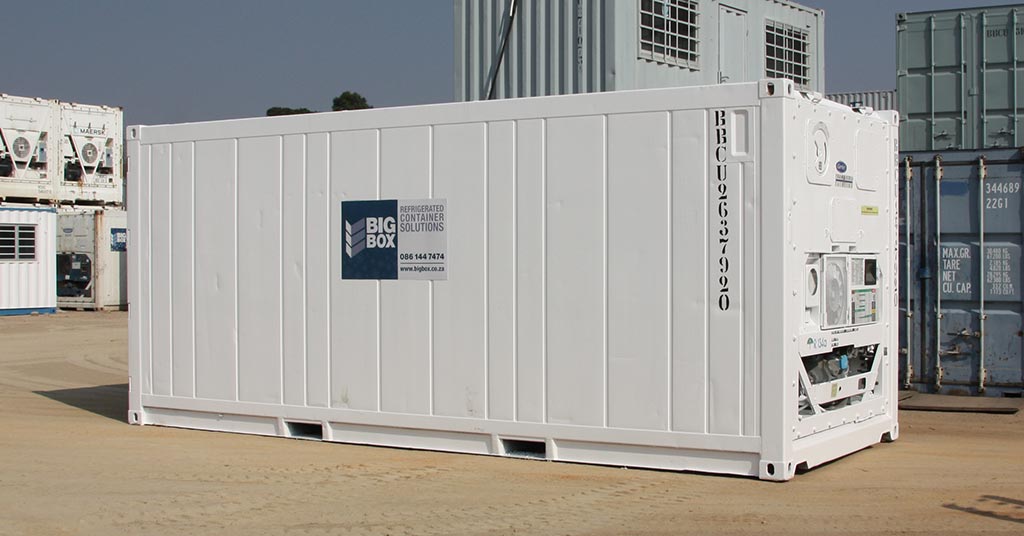
At Big Box Containers, we rent and sell 6- and 12-metre refrigerated containers (reefers), suitable for cold storage of fresh produce.
Also sometimes called a reefer, each refrigerated container is a durable, steel-lined, marine container designed to keep goods either frozen or chilled at the perfect, even temperature. It’s ideal for outdoor use, even in South Africa’s harsh climate.
Using our Big Box refrigerated containers, you can add cold storage space to your premises straight away, without having to invest in constructing a fixed cold storage facility or sacrificing valuable, existing storage or office space.
If you need just temporary cold storage, you can simply rent a refrigerated container for the required duration. Contact us to find out more or to discuss your cold storage needs.

